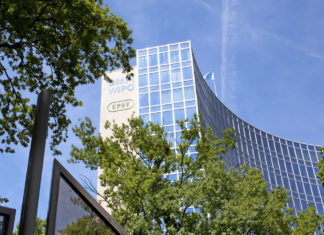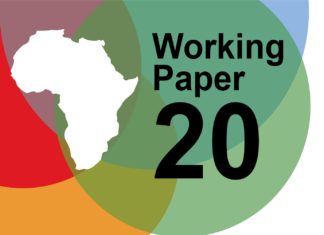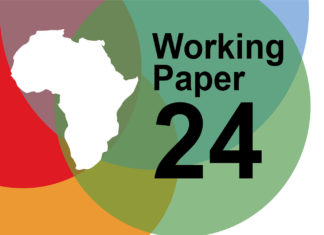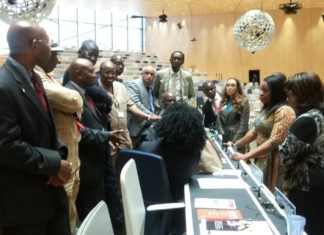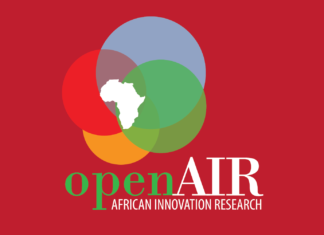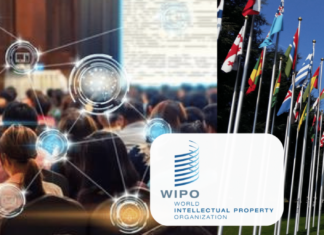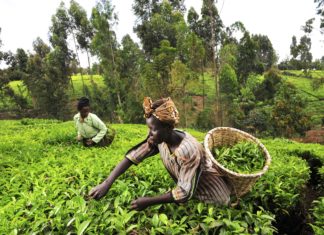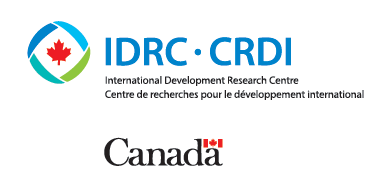US Fails to Block Progress over Genetic Resources Text at WIPO-IGC...
Photo credit: Image by Ville Oksanen via Flickr (CC BY-SA 2.0)
By Chidi Oguamanam, cross-posted from ABS Canada.
After six days of deliberations (June 24-29, 2018) to secure...
OPEN AIR AND QES FELLOW EXPLORED THE IP, TK AND GENDER...
By Desmond Oriakhogba
Gender issues are increasingly being discussed with regard to intellectual property (IP) and traditional knowledge (TK), especially from an African innovation perspective. Generally,...
Complexities of Social Innovation and Social Entrepreneurship by Two Indigenous Organisations...
Authored by: Britta Rutert and Cath Traynor
Abstract: In this Working Paper, we present our findings in respect of the innovative and entrepreneurial behaviour...
Marginalisation of Indigenous Knowledge in African Education: The Case of Rwandan...
Authored by: Chika Ezeanya-Esiobu, Chidi Oguamanam and Vedaste Ndungutse
Abstract: This study explores the use of Indigenous medicinal knowledge by rural Rwandan livestock farmers to treat...
WIPO Special Committee on Genetic Resources, Traditional Knowledge, and Traditional...
The World Intellectual Property Organization’s specialist committee charged with negotiating text-based instrument(s) for the effective protection of Genetic Resources (GRs), Traditional Knowledge (TK), and Traditional Cultural Expressions (TCEs), on Friday June 16 2017 concluded its 34th session with partial agreement on its mandate and on the fate of the committee and its work program.
Ramifications of the WIPO IGC for IP and Development
Authored by: Chidi Oguamanam. Over the years, the idea of traditional knowledge has progressively unraveled as a traction point for complex issue linkages between intellectual property and, for example, genetic resources, biodiversity conservation, the rights of Indigenous Peoples and Local Communities (ILCs), food, nutritional and environmental security.
WIPO-IGC 47: Resetting IGC after 2024 Diplomatic Conference on Genetic Resources
By Chidi Oguamanam
Delegates and experts reconvene for the 47th instalment of the Intergovernmental Committee on Intellectual Property and Genetic Resources, Traditional Knowledge and Traditional Cultural Expressions...
Drawn Out Battle Over Genetic Resources Dampens Africa’s Hopes
The global South is full of significant, diverse biological and genetic resources. It’s also home to most of the world’s indigenous communities. This is why developing countries are sensitive about protecting their genetic resources and traditional knowledge.

